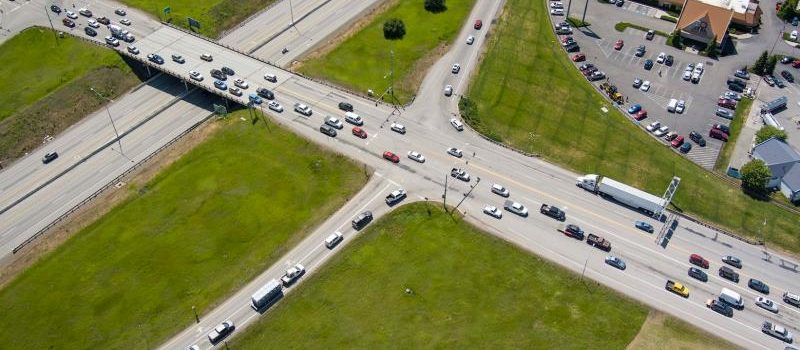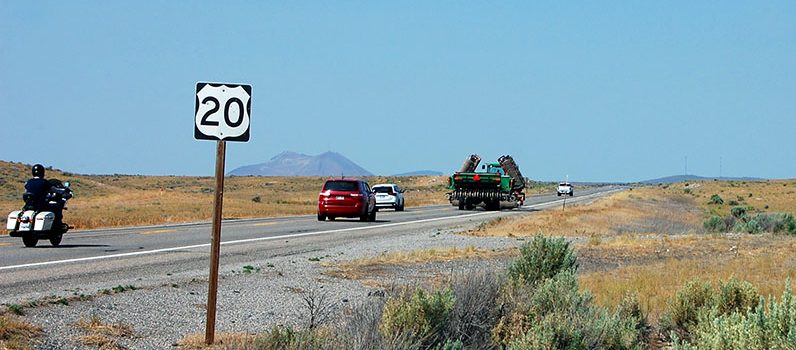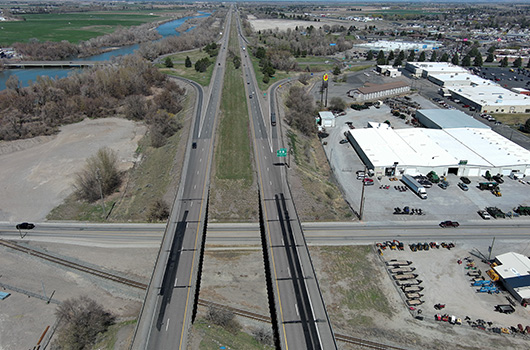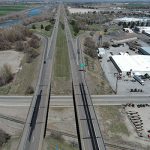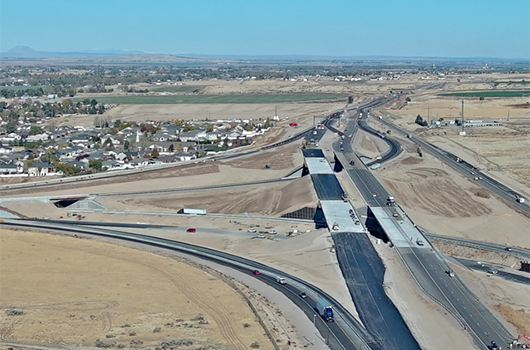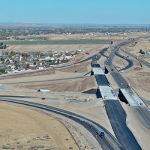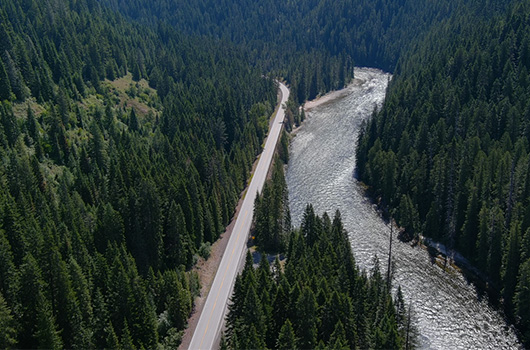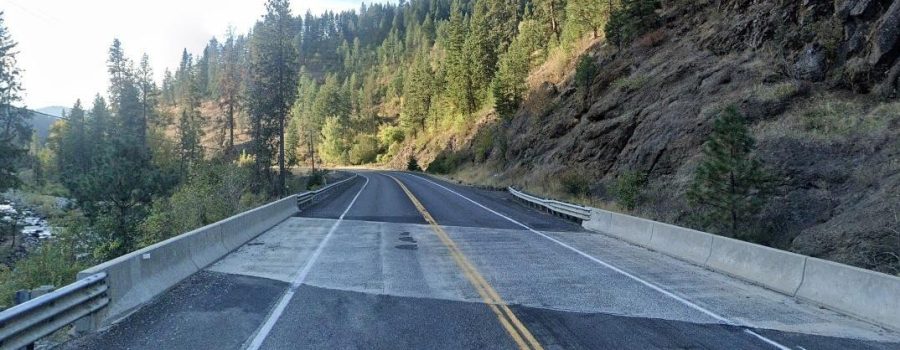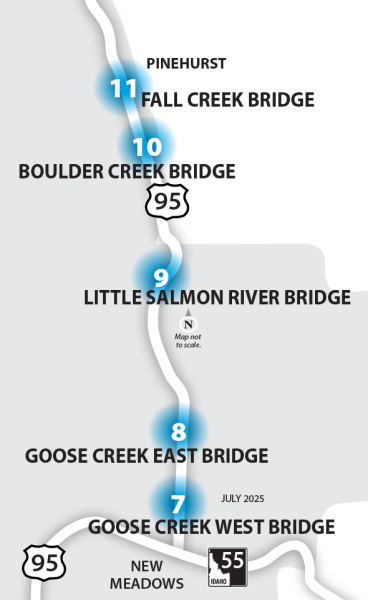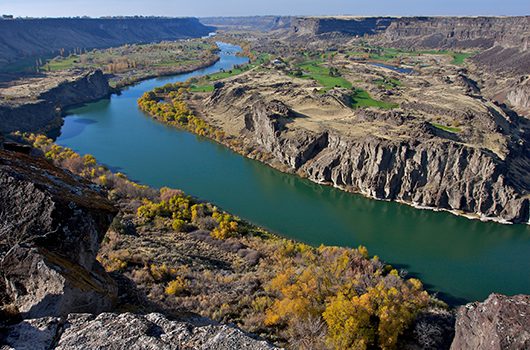New four-lane section of US-95 south of Moscow to open later today
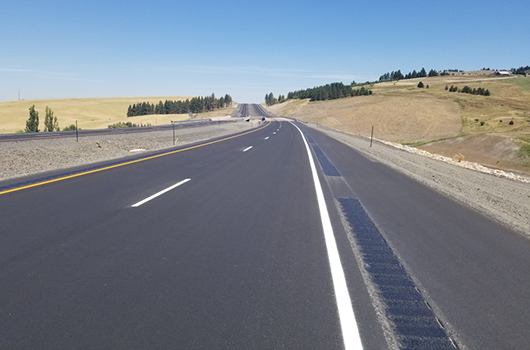
Later today drivers will be able to take the new four-lane section of U.S. Highway 95 from Reisenauer Hill to Moscow as work wraps up on this nearly $90 million realignment.
Construction began in 2022 to shift the curving, two-lane highway to the east and expand it to four lanes. The new route was funded partially by Governor Little’s Leading Idaho program and was designed to be safer with a flatter grade, fewer curves and better access control.
“We are very appreciative of the patience of the public with our construction as we complete this long-awaited and outstanding addition of infrastructure to our system,” District Engineer Doral Hoff said. “This improvement will make travel significantly safer, especially as we see Idaho’s population grow. This project and others are evidence of ITD’s commitment to safety and efficiency for the traveling public. We take your safety on the road seriously.”
The project first began in 1999 when the Idaho Transportation Department started efforts to expand all of US-95 to four lanes from the top of Lewiston Hill to Moscow. This six-mile segment was the last to be improved, with most of the corridor undergoing construction in the early 2000s.
After highway traffic is shifted on to the new alignment, North Latah Highway District will assume ownership of the old section that will be renamed Reisenauer Road. Construction of the bridge over Thorn Creek at the southern end will continue impacting traffic through the fall, and drivers will only be able to access Reisenauer Road at the northern end near Moscow.


